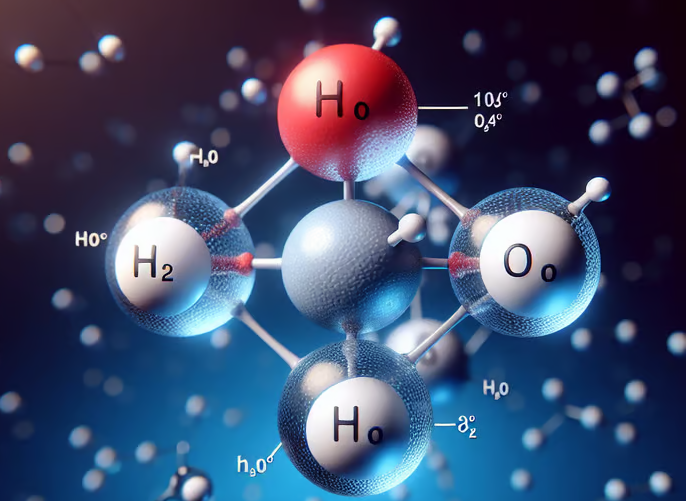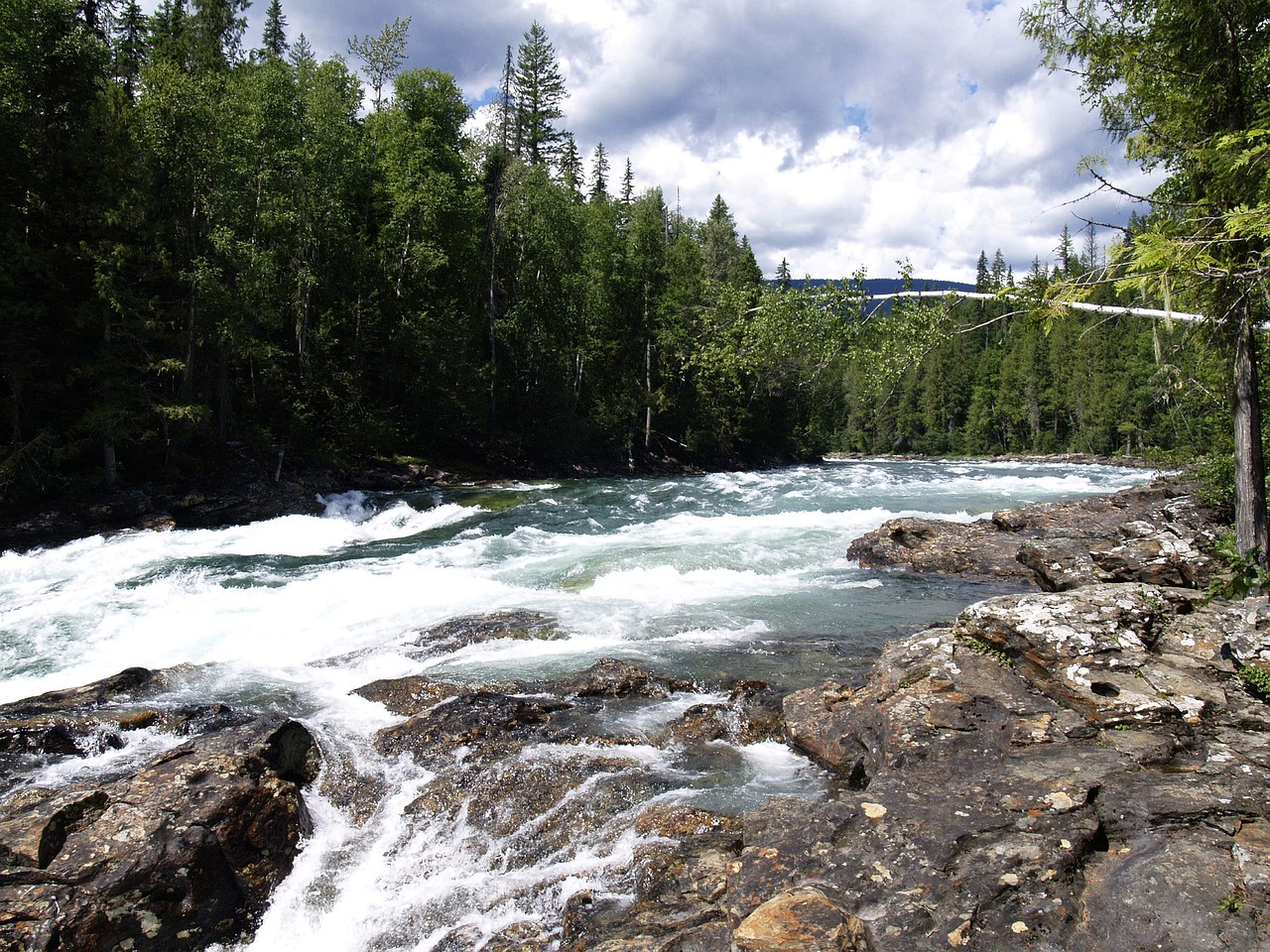REPORT: DIHYDROGEN MONOXIDE IN CANADA
Scientists find silent, invisible killer "virtually everywhere” in lakes, rivers, atmosphere
Advertisement

In a disturbing new report, scientists have discovered extraordinarily high levels of dihydrogen monoxide (DHMO) in waterbodies across Canada. Colourless, odourless, tasteless and transparent, DHMO is used in many industrial processes as a solvent and coolant, and as a fire retardant and suppressant.
The threat from this chemical is very real, scientists say. Tragically, dihydrogen monoxide is a factor in the deaths of hundreds of Canadians every year, and uncounted thousands of global fatalities. Most deaths due to DHMO are caused by its accidental inhalation. DHMO is also essential in producing nuclear power, and a common ingredient in pesticides. Even after washing, measurable levels of DHMO remain in almost all produce.
Advertisement
But the danger does not end there. Also known as hydrogen hydroxide or hydroxic acid, DHMO also:
- Contributes to both the “greenhouse effect” and severe weather events
- Causes irreversible erosion to natural shorelines
- May cause severe burns
- In solid form, prolonged exposure causes severe tissue damage
- Accelerates corrosion in many metals
- May cause electrical failures
- Decreases effectiveness of automobile brakes
Bizarrely, and despite the obvious risks, DHMO is also sometimes used as a supplement by elite athletes, especially in endurance sports. It’s a practise that has dripped, and then trickled down to amateur outdoor enthusiasts, and threatens to become a flood, with many now purchasing expensive, specialized containers to secret around their own personal supplies of DHMO.
Symptoms of DHMO ingestion can include excessive sweating and urination, along with nausea, vomiting and body electrolyte imbalance. And for people who have become dependent on DHMO, withdrawal from the substance means certain death.
Advertisement

“We’re shocked, just shocked—I mean, seriously frigging shocked—to find this silent, invisible killer is so prevalent in Canadian waters,” said Samson McGoldrick, interim senior undersecretary to the vice-admiral of the Association for Principles Related to Informing Laypeople committee of the Federation for Our Outdoor Lakes, the group behind this shocking report.
The group’s report, entitled What A Terrible Environmental Risk (aka the WATER report), lays out some truly disturbing findings. “Our research suggests DHMO is also seeping heavily into the earth, and has likely escaped into the atmosphere as well. But it’s really a global crisis—previous studies have even found DHMO in Antarctic ice,” McGoldrick opined, with a note of hysteria entering his voice. “This substance is found in a dizzying variety of toxic compounds. The dangers have been known for many, many years…. Even so it continues to be used daily… even in homes, swimming pools, schools, daycares and hospitals.”

Scientists have identified that dihydrogen monoxide molecules consist of two hydrogen atoms, held in a sinister covalent bond with a single oxygen atom. The nature of these hydrogen bonds cause the molecules to be exceptionally attracted to each other creating, in some instances, virtual oceans of dihydrogen monoxide.
Yet so far, advocates’ efforts to control—or even raise awareness of—DHMO in Canadian waters failed. Despite a clear danger to public health, federal, provincial and local governments have all refused to ban the production, distribution or use of dihydrogen monoxide, citing its “importance to the economic health of the nation.”
According to McGoldrick, the lack of action in response to the group’s WATER report, suggests some ominous conclusions. “This is yet another example of a powerful, shadowy, international dihydrogen monoxide cabal running roughshod over the needs of everyday Canadians,” McGoldrick says.
So what can anglers and hunters do to raise awareness and combat this horrifying issue?
“To me, the clear and obvious course of action is to buy or, hopefully, renew your subscription to Outdoor Canada magazine,” says McGoldrick. “With a lively mix of how-to articles, buyer’s guides, profiles, travelogues, in-depth reportage, expert analysis and occasional gag stories, it’s been entertaining and informing readers since 1972. What more could a Canadian hook-and-bullet enthusiast want?”

